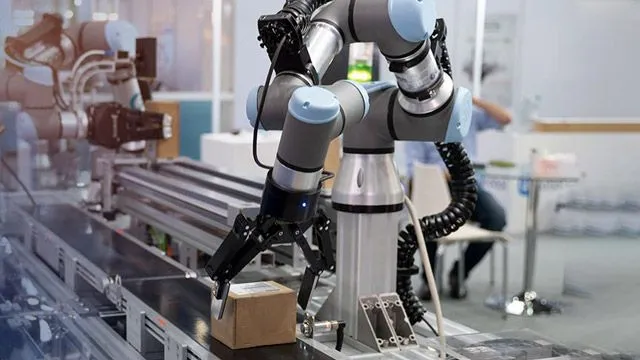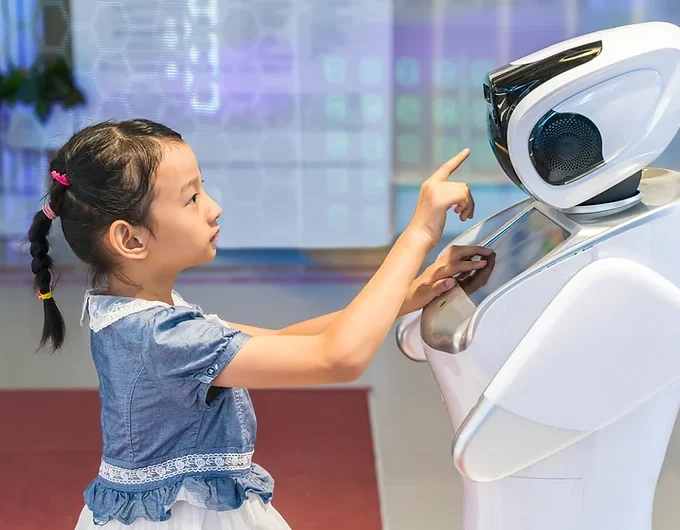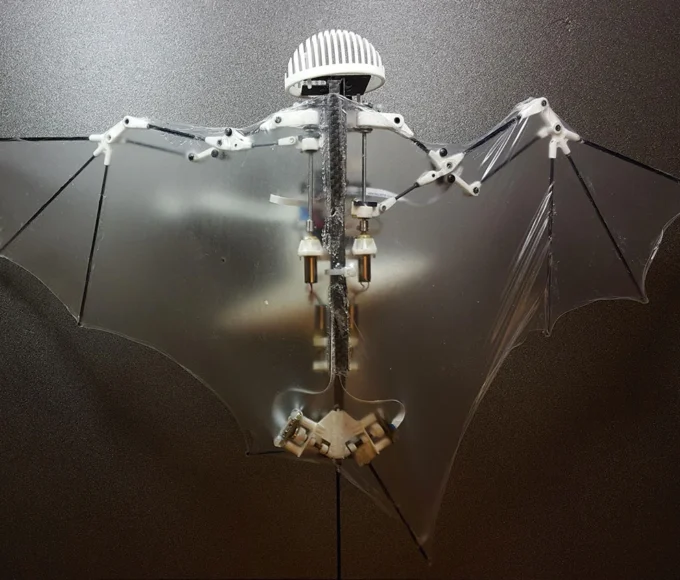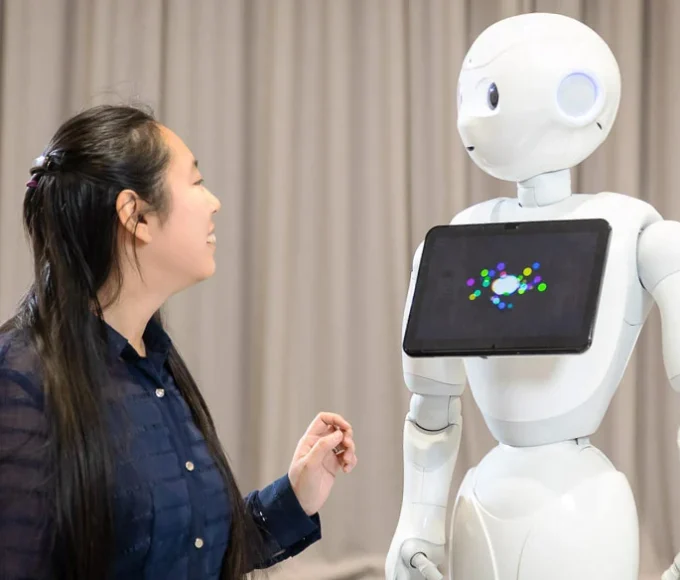In recent years, the landscape of the workplace has been undergoing a profound transformation, with technology playing a pivotal role in reshaping the way we work. Among the most remarkable advancements is the rise of collaborative robots, often referred to as “cobots,” which represent a harmonious integration of human skills and robotic capabilities. These cobots are revolutionizing industries by enhancing efficiency, safety, and overall productivity while fostering a new era of collaboration between humans and machines.
Understanding Cobots
Cobots are a subset of industrial robots designed to work alongside humans rather than replace them. Unlike traditional robots that are usually confined to isolated spaces or cages to ensure safety, cobots are built with advanced sensors, vision systems, and safety features that allow them to operate in close proximity to human workers. This ability to share workspace with humans has opened up new possibilities for automation across a wide range of industries, from manufacturing and logistics to healthcare and even hospitality.
The Three Pillars of Cobots: Collaboration, Efficiency, and Safety
Collaboration: One of the most significant advantages of cobots is their ability to collaborate seamlessly with human workers. Cobots are equipped with intuitive interfaces that enable easy programming, allowing workers with minimal technical expertise to instruct them to perform specific tasks. This democratization of automation empowers employees to become active contributors in optimizing their work processes, fostering a sense of ownership and engagement.
Efficiency: Cobots excel in repetitive and monotonous tasks, helping to eliminate human error and increase overall efficiency. By taking over mundane tasks, workers can focus on more creative and complex activities that require human ingenuity, problem-solving, and adaptability. This redistribution of responsibilities optimizes the division of labor, leading to higher productivity and improved job satisfaction.
Safety: Safety has always been a paramount concern when integrating robots into shared workspaces. Cobots are designed with built-in safety features such as force sensing, collision detection, and emergency stop buttons. These technologies ensure that cobots can immediately halt their actions when they come into contact with a human worker or encounter unexpected obstacles, minimizing the risk of accidents and injuries.
Real-world Applications
The versatility of cobots makes them applicable to a wide range of industries:
Manufacturing: Cobots are streamlining assembly lines by handling tasks that require precision, speed, and consistency. They work alongside human workers in tasks such as product assembly, quality control, and material handling.
Healthcare: In hospitals and healthcare facilities, cobots are aiding medical professionals by performing tasks like medication delivery, disinfection, and patient monitoring, reducing the burden of routine tasks and allowing staff to focus on patient care.
Logistics and Warehousing: In the logistics sector, cobots are revolutionizing order fulfilment by efficiently picking and packing items in warehouses. They can navigate complex environments and work in collaboration with human warehouse workers.
Agriculture: Cobots are even making their mark in agriculture by assisting with tasks such as planting, harvesting, and sorting crops. They enhance precision and productivity in an industry with increasing demands.
Challenges and Future Outlook
While cobots offer numerous benefits, their adoption is not without challenges. Integrating cobots into existing workflows requires careful planning, training, and reconfiguration of processes. Ensuring data security, addressing ethical concerns, and managing the potential displacement of human workers are also areas that require attention.
Looking ahead, the future of cobots seems promising. As technology continues to advance, cobots will become even more sophisticated, capable of adapting to dynamic environments and collaborating with humans on increasingly complex tasks. As industries continue to evolve, the synergy between humans and cobots will play a pivotal role in shaping the future of work, unlocking new levels of efficiency, safety, and innovation.
Cobots represent a remarkable stride forward in the relationship between humans and technology. By blending the unique strengths of humans and robots, cobots are creating a harmonious synergy that enhances efficiency, safety, and productivity across various industries.
As the boundaries of automation continue to expand, the collaboration between humans and cobots will undoubtedly define the next chapter in the evolution of the workplace.
















Leave a comment